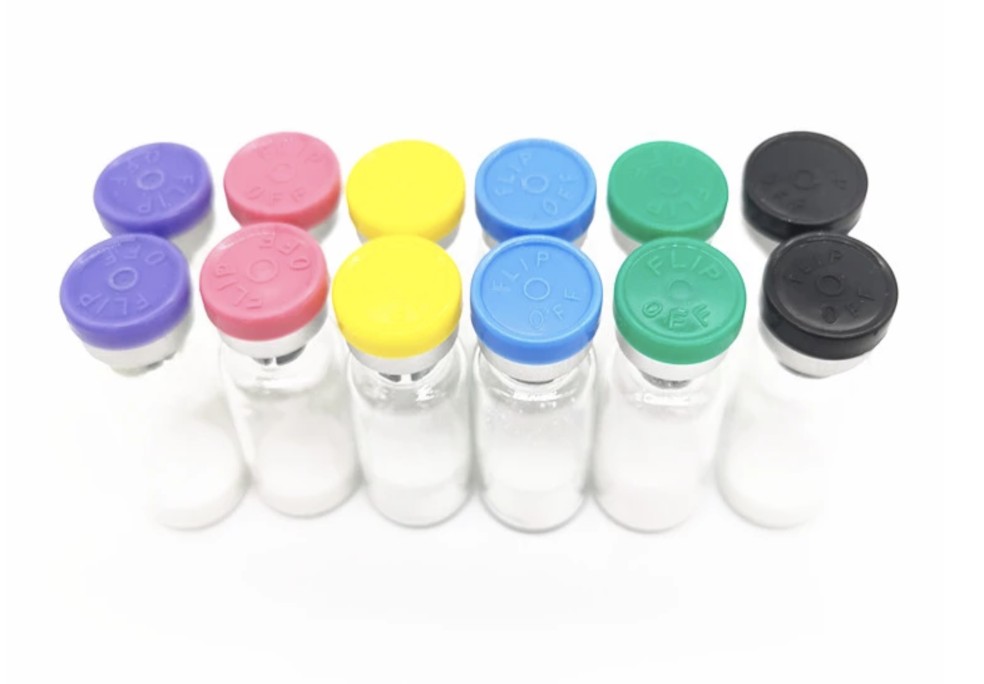Product Name:Vapreotide,Octastatin,Vapreotide
Sequentia: D-Phe-[Cys-Tyr-D-Trp-Lys-Val-Cys]-Trp-NH2
alias:Sanvar,RC-160;VAPREOTIDE;D-PHE-CYS-TYR-D-TRP-LYS-VAL-CYS-TRP-NH2; Octastatin;
FCYWKVCW-NH2;D-Phe-L-Cys(1)-L-Tyr-D-Trp-L-Lys-L-Val-L-Cys(1)-L-Trp-NH2;
Cas No.: 103222-11-3
Formulae hypotheticae: C57H70N12O9S2
M. Pondus: 1131.40
Puritas (HPLC): 98.0%
Aspectus: Pulvis albus
una immunditia(HPLC): 1.0%
Amino Acidum Compositio: 10% theoretical
Peptide Content(N%): 80%(by %N)
Aqua Content(Carolus Fischer): 6.0%
Acetate Content(HPIC): 15.0%
Massa Libra: 95.0~105.0%
Gradus : Pharmaceutical Grade
Repono: Clausa, infra 2 ~ 8℃ conservatio
Consuetudinem : Medicamentum adhiberi potest ad curationem sanguinis primi acuta esophagi varicealis (EVB) et endoscopic interventual Lorem ante hemostasis, Potest etiam sanguinem intus 5 d lens curatio et praeventioni recursus post endoscopic.vapreotide acetate sola curatio probabilis erit pro cruentis oesophageali variceali in Civitatibus Foederatis Americae..
Variceal bleeding is a life-threatening complication of portal hypertension. The recommended treatment includes the early administration of a vasoactive drug. Vapreotide is a somatostatin analogue with a different receptor affinity to octreotide. It decreases portal pressure and blood flow of collateral circulation in rats with cirrhosis. The pivotal study of early administration of vapreotide in patients with cirrhosis and variceal bleeding has shown a significant improvement in bleeding control and, in the subset of patients with significant bleeding, a significant reduction in mortality. Autem, a meta-analysis of four randomized studies has shown a significant improvement in bleeding control. Vapreotide administrated via the intravenous route is simple to use, with practically no contraindications and few, usually minor, side effects.
The immediate release formulation of Sanvar, a somatostatin analogue, is used in the treatment of acute esophageal variceal bleeding (EVB).Sanvar is used prior to endoscopic intervention to control haemorrhage and prevent re-bleeding during the critical five days following the onset of bleeding. EVB is a life threatening condition and the mortality rate is high (about 15% to 25%) in the first six weeks following the haemorrhage. EVB is the cause of about 70% of gastro-intestinal bleeding in patients suffering from liver cirrhosis.






















